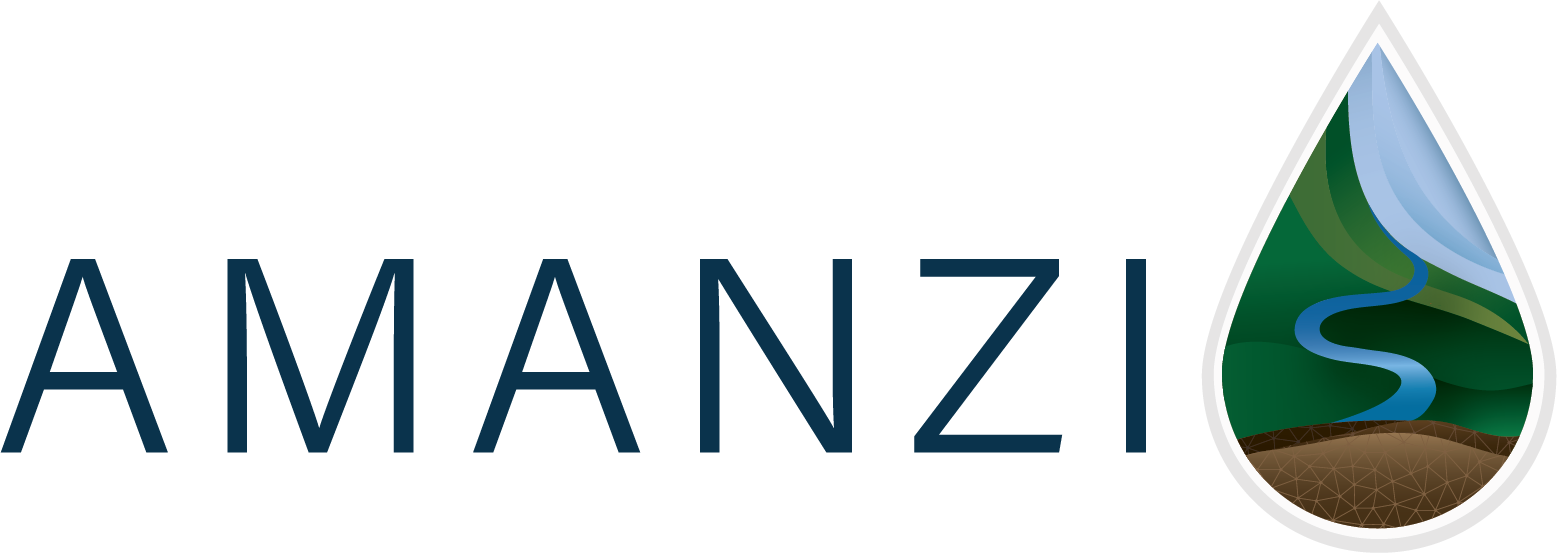ASCEM Overview#
The Advanced Simulation Capability for Environmental Management (ASCEM) program is developing a suite of open-source tools and state-of-the-art approach for integrating data and scientific understanding to enable prediction of contaminant fate and transport in natural and engineered systems. This multi-lab program is supported by the Department of Energy (DOE) Office of Environmental Management (EM) to provide scientifically defensible and standardized assessments of the uncertainties and risks associated with the environmental cleanup and closure of its waste sites.
The ASCEM program is organized into three Thrust Areas: 1) High Performance Computing (HPC) Multi-Process Simulator, 2) Platform and Integrated Toolsets, and 3) Site Applications. The HPC Thrust includes structured and unstructured meshing approaches; new solvers for coupled physical and geo-biochemical processes; advanced methods of discretization in time and space; and capabilities to select, and coordinate the use of problem-specific processes. The Platform Thrust provides toolsets that facilitate model setup and analysis, parameter estimation and uncertainty quantification, risk assessment and decision support, information and data management, and visualization in a consistent and flexible user interface and modeling work flow. The Site Application Thrust coordinates and implements demonstrations through working groups to provide data and feedback to developers and to ensure that the software is developed in a manner that will engage users and benefit DOE EM’s remediation obligations.
Amanzi is the flexible and extensible computational engine for ASCEM that will simulate the coupled processes described by the conceptual models developed using the ASCEM user environment platform, Akuna. These conceptual models span a range of process complexity in flow and reactive-transport. Detailed mathematical descriptions of these models are provided in the ASCEM document entitled Mathematical Formulation Requirements and Specifications for the Process Models
